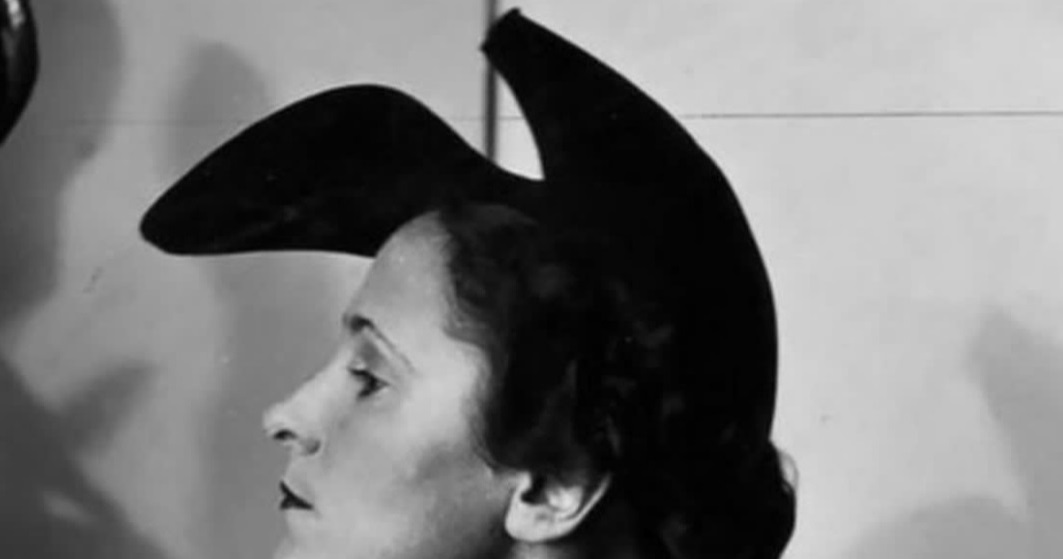“The secret of all my secrets is that I don’t tell them”.
Elena Dmitrievna D’jakonova
This week we are thrilled to announce the commencement of the celebrations marking the 130th anniversary of the birth of Elena Dmitrievna D’jakonova, known as Gala, who was born on September 7th in 1894.
Gala was a pivotal figure for Salvador Dalí and the Surrealist Movement. It is safe to assert that without Gala, Dalí might not have become the artist we recognize today, and his works would have been significantly different.
.
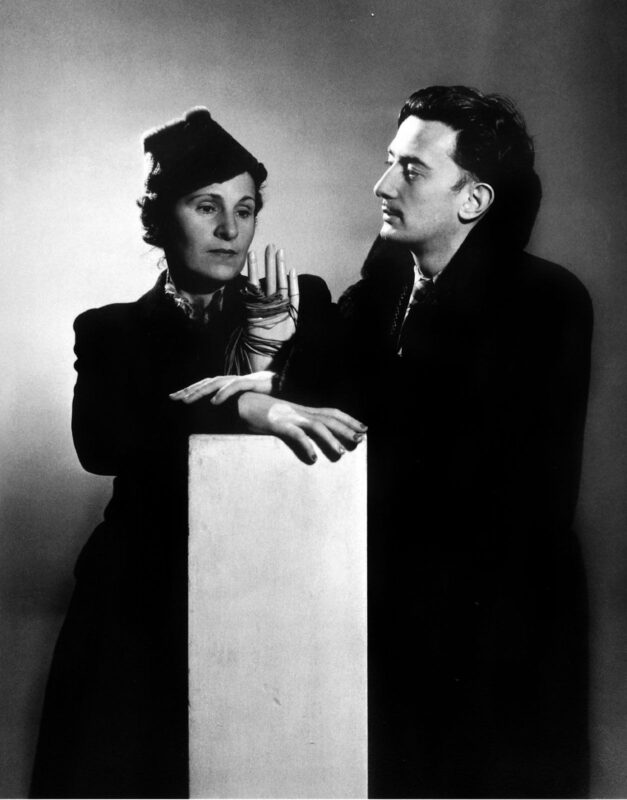
Gala and Salvador Dalí, 1937. Photo: Man Ray.
Gala, the woman Salvador Dalí married, is sometimes described as the Muse of Surrealists. André Breton referred to her as “la femme éternelle”, and occasionally she has been labeled the mother of the art movement, a title she disliked.
Gala Gradiva, Galarina, Galuchka Rediviva, and Galuchkineta are among the names she might have embraced, reflecting her enigmatic and timeless femininity. These names are fitting, given how little is known about her early life, especially her childhood.
What Gala’s early years were like, who her parents were, how she was raised, and the story of her life in Russia, along with her circuitous journey to Paris and her eventual integration into that illustrious circle by the early 1920s, seems almost irrelevant.
She was a marvelously enigmatic figure. It was once said, somewhat fancifully, that if a Surrealist experienced a surge of creativity, it was because he was in love with Gala.
Gala was the second of four children, born in Kazan, a university town with a prosperous merchant class and an intelligentsia drawn to Western ideas of democracy and nationalism by the 19th century. Her mother, Antonine, married Ivan.
Gala’s legal name was Helena, or Elena, Deluvina Diakonoff, derived from her mother’s husband, a name shared by her sister Lida and her two brothers, Alex and Kolke. However, none of them were actually his children. Shortly after her mother’s marriage, Diakonoff disappeared, and her mother never discovered his fate.
Dalí later remarked that Gala, as a child, lived in a house through which the wind blew—likely a metaphorical reference. When writing his autobiography, he noted that while Gala had given him permission to share her story, he chose not to, perhaps due to their shared painful family secrets, which initially bonded them. Dalí wrote: “Gala’s secret and my secret formed the two evenly balanced scales of our justice”.
In the spring of 1929, Paul Éluard met Salvador Dalí when the Catalan artist traveled to Paris for the presentation of the film “Un chien andalou”, made in collaboration with Luis Buñuel.
In the summer of the same year, Dalí invited Éluard to spend the holiday in Cadaqués, and on that occasion, the Catalan artist met Gala, who, from their first encounter, influenced Dalí’s personality and creativity, becoming his model and muse for life.
.
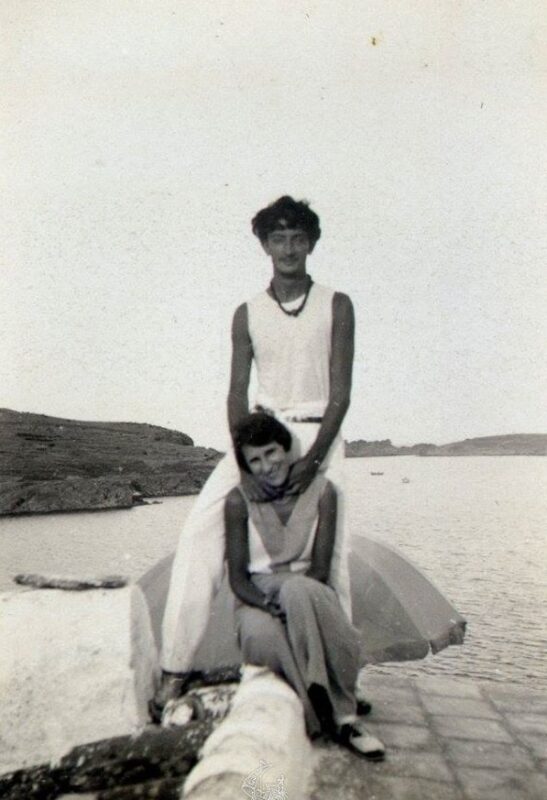
Black and white photograph of Salvador Dalí and his muse Gala. They are on the roof of their house in Portlligat, and at their back you can see the sea, 1931 © Fundació Gala – Salvador Dalí.
Gala, the “femme eternelle”, was for Dalí not only his source of inspiration but the center of his universe, his manager, and the creator of the “Dalí brand”, leading the artist to sign his works with the name Gala-Salvador-Dalí and to write: “Gala has become the salt of my life, my beacon, my double, she is me”.
.
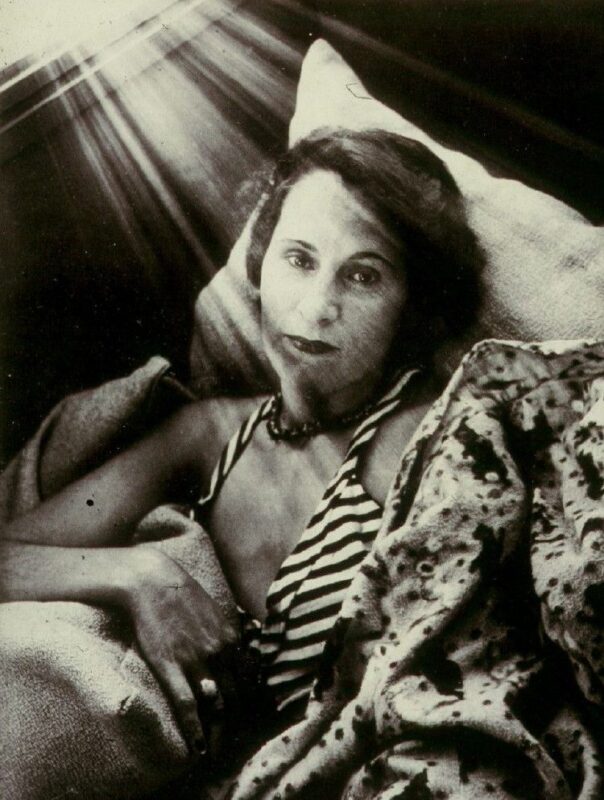
Gala, Atelier Villa Seurat, Paris, 1932-1934. Photo taken by Brassaï.
The Russian girl knew how to keep Dalí under constant financial and creative pressure, and this treatment, which was sometimes criticized from the outside as cruel and greedy, was probably necessary for someone as votive and disorganized as Dalí, who saw in Gala his genius, his victorious goddess, his Galatea.
Gala spent her whole life in the role of muse, making this role the purpose of her entire existence to proclaim the dogma of love: “She is the axis of my vitality and my brain, the spring that propels me forward with elasticity and agility, with more clarity and precision in all the movements of my senses, impulses, and knowledge”, said Dalí.
For this reason, in 1916, Gala left her homeland and all ties with her Russia for the love of the French poet Paul Éluard. And again in the name of love, in 1929, Gala left her husband Paul and their daughter Cécile to become Salvador Dalí’s muse.
Gala and Dalí’s marriage was a complex arrangement with many contradictions. They initially married in 1934 in a civil ceremony, and then again in 1958 in a Catholic church after Gala received special dispensation from the Pope. Gala was a divorcee but a committed Catholic.
.
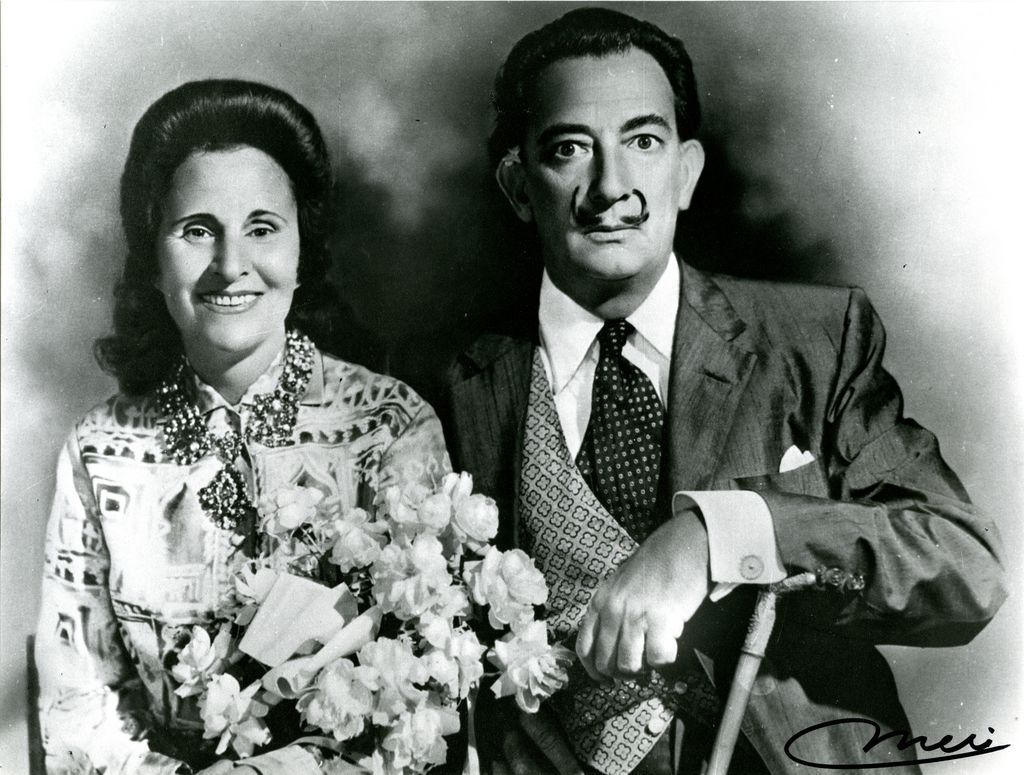
Dali and Gala’s wedding picture, Meliton Casals, 1958, ©Meli Casals Image Rights of Salvador Dalí reserved. Fundació Gala-Salvador Dalí, Figueres, 2016.
Dalí said: “Gala and I were already married legally when we received the blessing of the Church. The religious ceremony made the deepest impression on me: the pomp, the organs, the splendor, the seriousness, etc…. My pleasure and my exaltation were so great that I wanted to marry her a second time immediately”.
One hundred and thirty years have passed, yet the extraordinary intuitive ability and enigmatic strength of Gala remain a mystery to be discovered. As she said: “The secret of all my secrets is that I will never tell you”.

